A Spanish Mackerel is any number of a group of fish in the Scombridae family. Other members of Scombridae include tuna, bonito, mackerel, and more. Researchers place these fish in the tribe Scomberomorini, and recognize 21 different species in the group. Read on to learn about the Spanish Mackerel.
Description of the Spanish Mackerel
Each of the various species has its own unique coloration, shape, and size. However, generally members of this group share a similar torpedo-shaped body, and many have short finlets prior to their tail fins. They often have silvery-colored scales, some with stripes or spots.
These fish measure anywhere from 1 to 8 ft. long and weigh anywhere between 1 and 180 lbs.
Interesting Facts About the Spanish Mackerel
Researchers recognize a number of different species in this group. Learn more about what makes a few individual species unique, below.
- Wahoo – Fishermen target this species as a highly sought-after game fish. The species can swim quickly and powerfully, making it a difficult fish to land. In Hawaii, people refer to this species as ono.
- King Mackerel – People also catch this species as a sport fish, but a commercial fishery exists as well. People eat this fish fresh, and typically grill, bake, fry, or smoke the meat. However, the FDA recommends that pregnant women and children should avoid this species to reduce risk of mercury poisoning.
- Cero – In various regions, people refer to this fish by different names, including painted mackerel, pintado, cero mackerel, and kingfish. It lies along the coast of North and South America, and also ranges throughout the Caribbean.
- Atlantic Spanish Mackerel – When someone refers to a fish simply as a “Spanish Mackerel,” they are typically referring to this species. NOAA recognizes this species as a “smart seafood choice,” as their populations have high numbers and management practices appear sustainable.
Habitat of the Spanish Mackerel
Different species utilize different types of habitats. However, most members of this group show similar preferences. They often live in pelagic habitats, swimming in open water rather than remaining near the bottom. Many live in regions relatively close to shore.
Distribution of the Spanish Mackerel
Each of the various species has its own unique distribution and range. Some live across vast expanses while others utilize only small regions. Most species live primarily in tropical and subtropical regions, but they also range into temperate waters as well.
You can find different species throughout the Atlantic Ocean, Pacific Ocean, the Indo-Pacific region, Indian Ocean, and other surrounding regions.
Diet of the Spanish Mackerel
All of the various species in this group have carnivorous feeding habits. They are swift and voracious predators, moving powerfully through the water to capture prey. Each species has its own specific preferences, but they typically feed on small fish, squid, crustaceans, and virtually anything they can easily catch.
Spanish Mackerel and Human Interaction
Humans catch many of the various species as a source of food, and/or for sport. The impact of this activity varies based on the species at hand, but many have high population numbers and do not face direct threat.
Some species, such as the Monterrey Spanish Mackerel, are listed by the IUCN as vulnerable, or worse. Governments in various regions enact protections and regulations to prevent overfishing of the population.
Domestication
Humans have not domesticated these fish in any way.
Does the Spanish Mackerel Make a Good Pet
No, you would not want any of the various species as a pet. Even the smaller species do not fare well in home aquariums, as they swim quickly and need lots of space.
Spanish Mackerel Care
Aquariums do not commonly keep these fish. They require ample space to swim, and have voracious appetites. This means that schools must live only with larger species that they cannot eat, and must have massive tanks with plenty of space to swim. Additionally, as powerful predators they swim at high speeds and could potentially injure themselves by running into the sides of the tank.
Behavior of the Spanish Mackerel
Each species has its own unique social behaviors. Some species have solitary lifestyles, others prefer living in small groups or pairs, while others congregate in large numbers. In some instances, these fish congregate only around mass food sources when they typically live alone.
Reproduction of the Spanish Mackerel
Breeding habits of these fish vary based on the species. All reproduce via spawning, where fertilization occurs externally, or outside of the body. The females produce variable numbers of eggs based on their size and the species. Hatching also varies based on species and water temperature, and larval young take varying amounts of time to reach maturity.

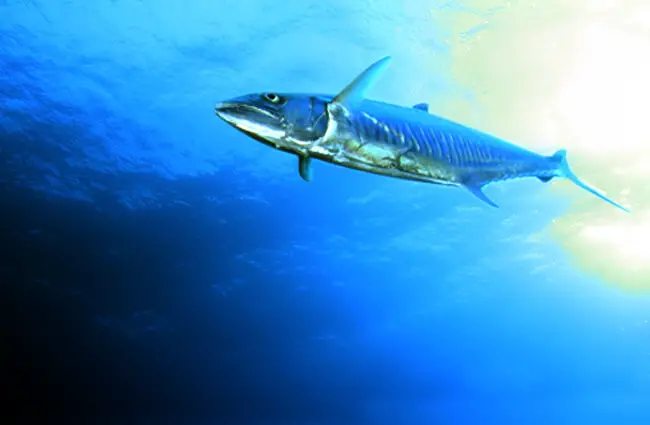
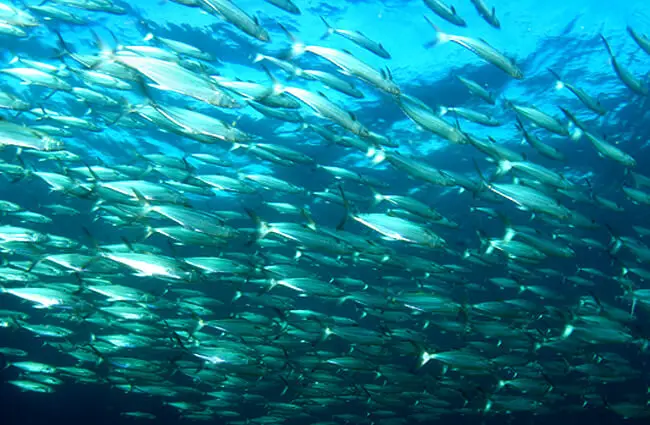

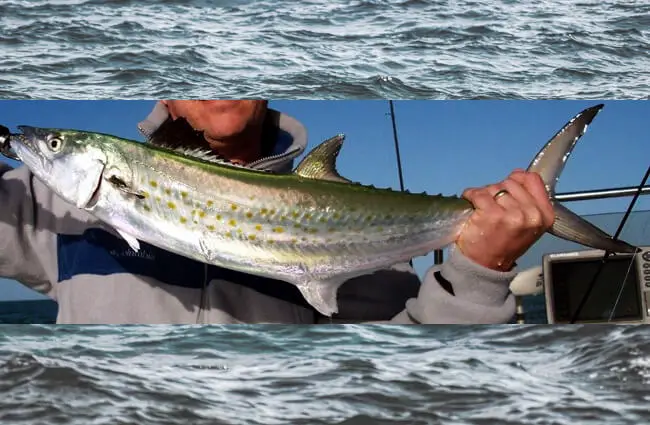
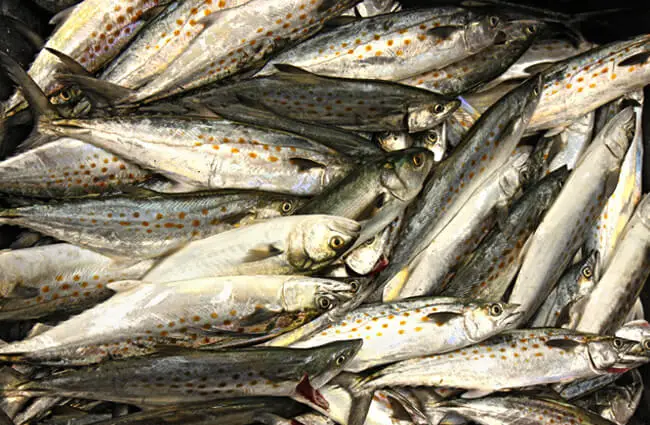

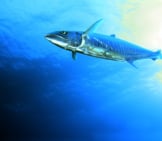

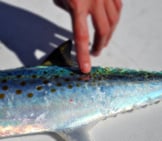



![Red Angus Closeup of a beautiful Red Angus cowPhoto by: U.S. Department of Agriculture [pubic domain]https://creativecommons.org/licenses/by/2.0/](https://animals.net/wp-content/uploads/2020/03/Red-Angus-4-238x178.jpg)












![Red Angus Closeup of a beautiful Red Angus cowPhoto by: U.S. Department of Agriculture [pubic domain]https://creativecommons.org/licenses/by/2.0/](https://animals.net/wp-content/uploads/2020/03/Red-Angus-4-100x75.jpg)

